
Live Chat

FLAT 25% off on Home Painting
 Unbeatable Prices!
Unbeatable Prices!
 5-Star Rated Partner!
5-Star Rated Partner!
 2200+ Shades!
2200+ Shades!
 Top Quality Paint
Top Quality Paint
 Free Cancellation!
Free Cancellation!
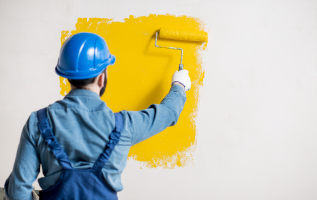
GET ESTIMATE
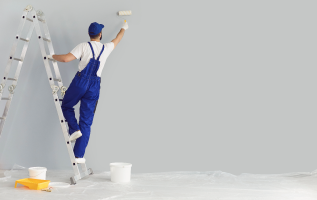
GET ESTIMATE
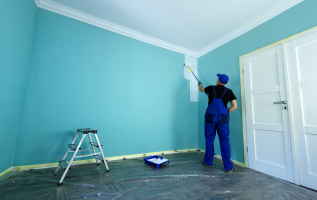
GET ESTIMATE
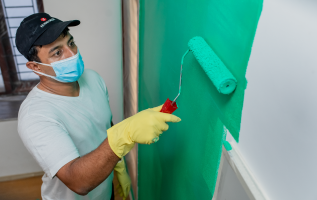
GET ESTIMATE
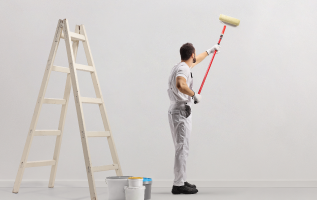
GET ESTIMATE

Live Chat

FLAT 25% off on Home Painting
 Unbeatable Prices!
Unbeatable Prices!
 5-Star Rated Partner!
5-Star Rated Partner!
 2200+ Shades!
2200+ Shades!
 Top Quality Paint
Top Quality Paint
 Free Cancellation!
Free Cancellation!

GET ESTIMATE

GET ESTIMATE

GET ESTIMATE

GET ESTIMATE

GET ESTIMATE


How To Protect Wall From Cracking?
Tanvi
✔In Progress
👁1024
Views
July 27, 2022
2022-07-27T18:28:04+00:00 2024-04-19T15:36:02+00:00Comment
2
Answers
Painting
Share